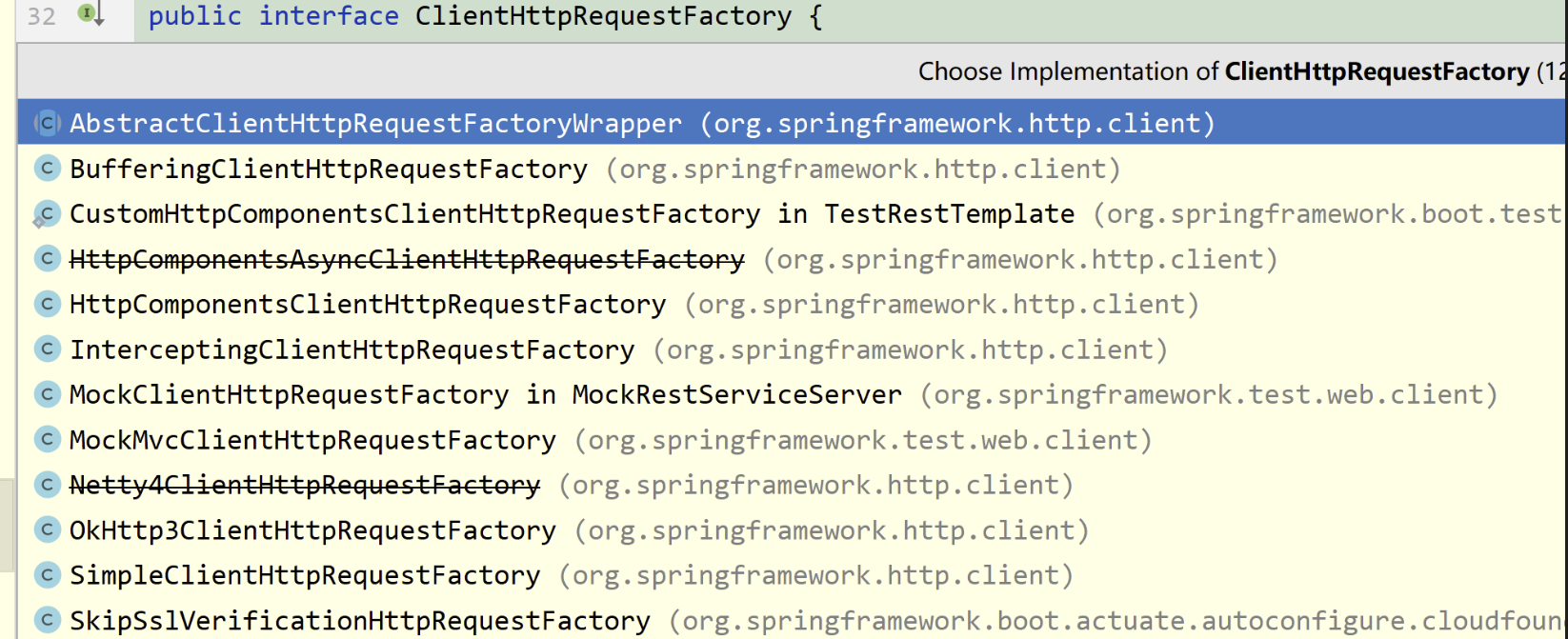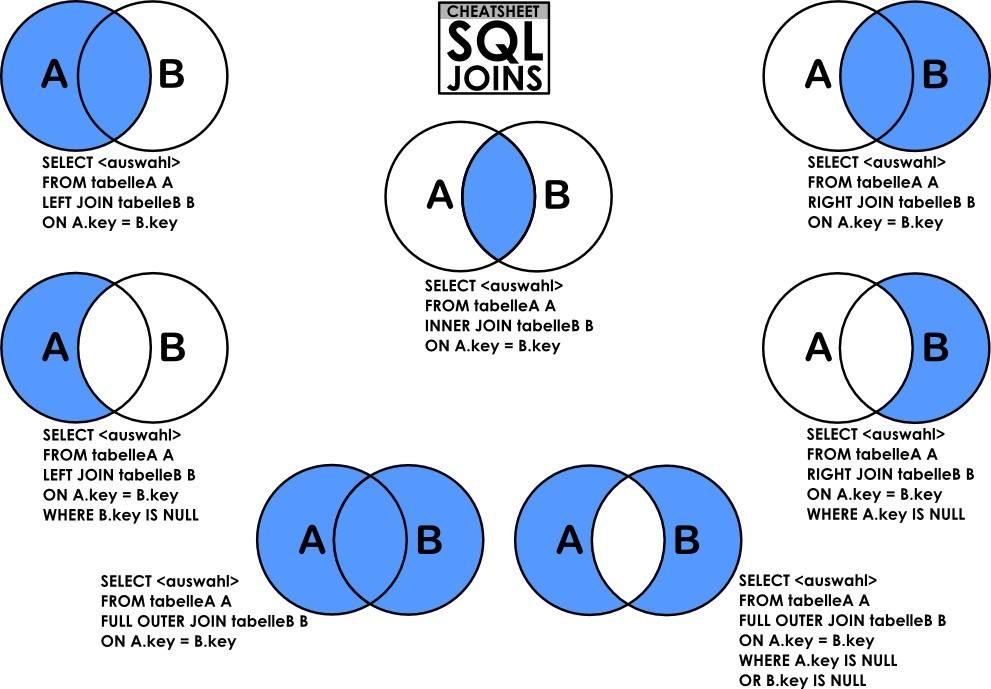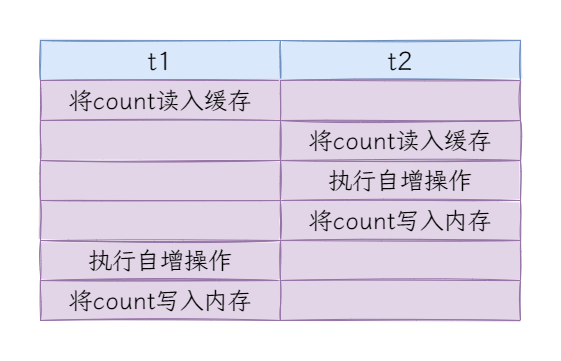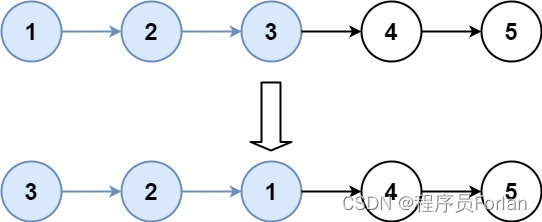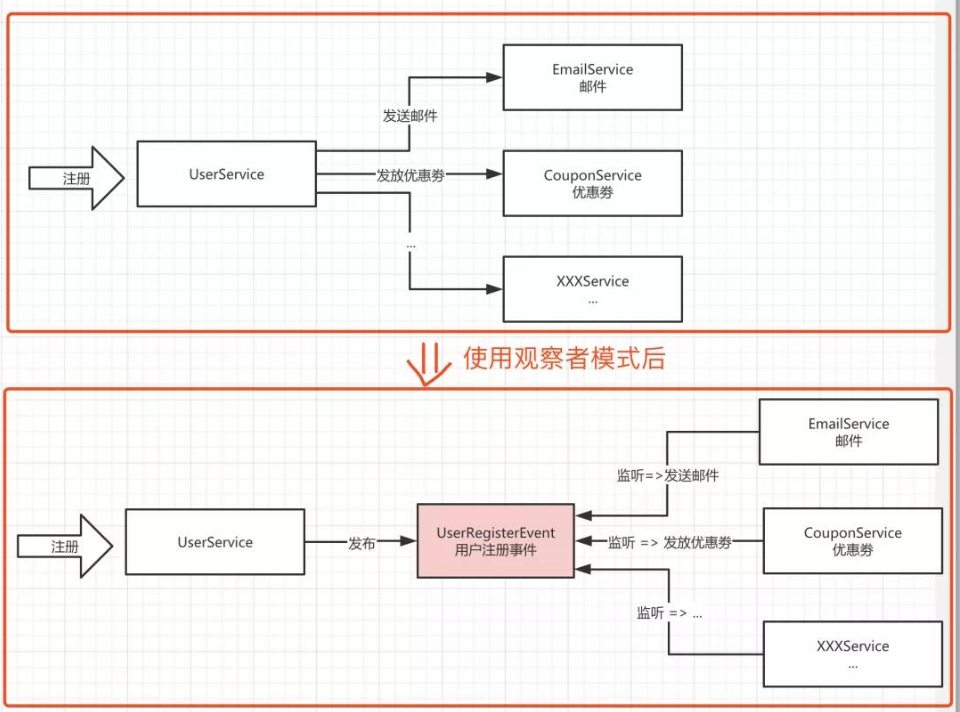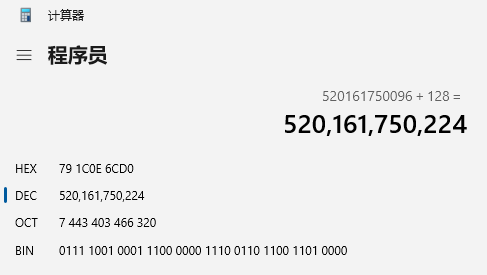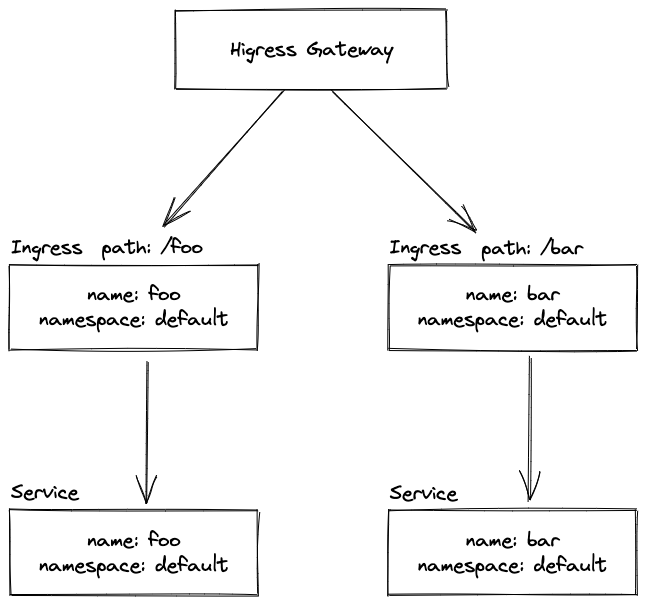一、Conditional注解介绍
对SpringBoot有足够了解的小伙伴应该都用过Conditional系列注解,该注解可用在类或者方法上用于控制Bean的初始化。
常用的Conditional注解有以下几种:
-
@ConditionalOnBean:如果存在对应的Bean,则进行当前Bean的初始化。
-
@ConditionalOnClass:如果项目的classpath下存在对应的类文件,则进行当前Bean的初始化。
-
@ConditionalOnExpression:如果满足SpEL表达式,则进行当前Bean的初始化。
-
@ConditionalOnMissingBean:如果不存在对应的Bean,则进行当前Bean的初始化。
-
@ConditionalOnMissingClass:如果项目的classpath下不存在对应的类文件,则进行当前Bean的初始化。
-
@ConditionalOnProperty:如果配置文件上的属性值符合预期值,则进行当前Bean的初始化。
注意如果存在多个Conditional注解,只有都满足条件时才会生效。这里只作简单介绍,更多用法可以搜索其他文章。
二、源码分析
我们先以@ConditionalOnBean为例,分析SpringBoot是如何实现该功能的?
@Target({ ElementType.TYPE, ElementType.METHOD })
@Retention(RetentionPolicy.RUNTIME)
@Documented
@Conditional(OnBeanCondition.class)
public @interface ConditionalOnBean {
/**
* The class types of beans that should be checked. The condition matches when beans
* of all classes specified are contained in the {@link BeanFactory}.
* @return the class types of beans to check
*/
Class<?>[] value() default {};
/**
* The class type names of beans that should be checked. The condition matches when
* beans of all classes specified are contained in the {@link BeanFactory}.
* @return the class type names of beans to check
*/
String[] type() default {};
/**
* The annotation type decorating a bean that should be checked. The condition matches
* when all of the annotations specified are defined on beans in the
* {@link BeanFactory}.
* @return the class-level annotation types to check
*/
Class<? extends Annotation>[] annotation() default {};
/**
* The names of beans to check. The condition matches when all of the bean names
* specified are contained in the {@link BeanFactory}.
* @return the names of beans to check
*/
String[] name() default {};
/**
* Strategy to decide if the application context hierarchy (parent contexts) should be
* considered.
* @return the search strategy
*/
SearchStrategy search() default SearchStrategy.ALL;
/**
* Additional classes that may contain the specified bean types within their generic
* parameters. For example, an annotation declaring {@code value=Name.class} and
* {@code parameterizedContainer=NameRegistration.class} would detect both
* {@code Name} and {@code NameRegistration<Name>}.
* @return the container types
* @since 2.1.0
*/
Class<?>[] parameterizedContainer() default {};
}
首先,查看@ConditionalOnBean注解的源码,发现该注解上有个元数据注解 @Conditional,那么这个注解是干嘛的呢?
点进去查看其注释,发现有如下一行话。
/**
*
* <p>The {@code @Conditional} annotation may be used in any of the following ways:
* <ul>
* <li>as a type-level annotation on any class directly or indirectly annotated with
* {@code @Component}, including {@link Configuration @Configuration} classes</li>
* <li>as a meta-annotation, for the purpose of composing custom stereotype
* annotations</li>// 作为元注解,用于编写自定义构造型注解
* <li>as a method-level annotation on any {@link Bean @Bean} method</li>
* </ul>
* ....
*/
@Target({ElementType.TYPE, ElementType.METHOD})
@Retention(RetentionPolicy.RUNTIME)
@Documented
public @interface Conditional {
/**
* All {@link Condition} classes that must {@linkplain Condition#matches match}
* in order for the component to be registered.
*/
Class<? extends Condition>[] value();
}
由此可知,@Conditional有三种用法,当作为元注解时可以用来自定义条件注解,其核心逻辑是由其value指定的Condition接口的实现类来完成的。
@FunctionalInterface
public interface Condition {
/**
* Determine if the condition matches.
* @param context the condition context
* @param metadata the metadata of the {@link org.springframework.core.type.AnnotationMetadata class}
* or {@link org.springframework.core.type.MethodMetadata method} being checked
* @return {@code true} if the condition matches and the component can be registered,
* or {@code false} to veto the annotated component's registration
*/
boolean matches(ConditionContext context, AnnotatedTypeMetadata metadata);
}
Condition是个函数式接口,里面只有一个mathes方法,如果返回true则进行Bean的创建。其中matches方法有两个参数ConditionContext和AnnotatedTypeMetadata,其作用如下:
ConditionContext: 可以拿到上下文信息,包括beanFactory、environment和resourceLoader等。
AnnotatedTypeMetadata: 可以获取被@Conditional标记的注解信息。
public interface ConditionContext {
BeanDefinitionRegistry getRegistry();
@Nullable
ConfigurableListableBeanFactory getBeanFactory();
Environment getEnvironment();
ResourceLoader getResourceLoader();
@Nullable
ClassLoader getClassLoader();
}
那么问题来了,上面的@Conditional的value属性可以指定多个Condition类A和B,如何控制Bean的初始化呢?
其实这里是与的逻辑,只有当所以Condition实现类的mathes方法都返回true时,才会进行Bean的初始化,否则不生效。具体原因,这里不扩展了。
由此可知@ConditionalOnBean的核心逻辑就在OnBeanCondition类里,OnBeanCondition也实现了Condition接口,但是其mathes()方法是在SpringBootCondition中实现的。
/**
* 所有Condition实现的基类
* Base of all {@link Condition} implementations used with Spring Boot. Provides sensible
* logging to help the user diagnose what classes are loaded.
*
* @author Phillip Webb
* @author Greg Turnquist
* @since 1.0.0
*/
public abstract class SpringBootCondition implements Condition {
private final Log logger = LogFactory.getLog(getClass());
@Override
public final boolean matches(ConditionContext context, AnnotatedTypeMetadata metadata) {
String classOrMethodName = getClassOrMethodName(metadata);
try {
// getMatchOutcome是个抽象方法,由各个子类去实现
ConditionOutcome outcome = getMatchOutcome(context, metadata);
logOutcome(classOrMethodName, outcome);
recordEvaluation(context, classOrMethodName, outcome);
return outcome.isMatch();
}
catch (NoClassDefFoundError ex) {
throw new IllegalStateException("Could not evaluate condition on " + classOrMethodName + " due to "
+ ex.getMessage() + " not found. Make sure your own configuration does not rely on "
+ "that class. This can also happen if you are "
+ "@ComponentScanning a springframework package (e.g. if you "
+ "put a @ComponentScan in the default package by mistake)", ex);
}
catch (RuntimeException ex) {
throw new IllegalStateException("Error processing condition on " + getName(metadata), ex);
}
}
// 省略其他代码...
}
public class ConditionOutcome {
private final boolean match;
private final ConditionMessage message;
// 省略其他代码...
}
ConditionOutcome是个匹配结果类,里面只有两个属性字段,匹配逻辑在getMatchOutcome方法由子类实现,刚好OnBeanCondition.java中有该方法的实现,代码如下。
@Override
public ConditionOutcome getMatchOutcome(ConditionContext context, AnnotatedTypeMetadata metadata) {
ConditionMessage matchMessage = ConditionMessage.empty();
MergedAnnotations annotations = metadata.getAnnotations();
if (annotations.isPresent(ConditionalOnBean.class)) {
// 首先包装成Spec类,Spec里的属性与ConditionalOnBean注解的基本一致
Spec<ConditionalOnBean> spec = new Spec<>(context, metadata, annotations, ConditionalOnBean.class);
// 获取所有的匹配的bean
MatchResult matchResult = getMatchingBeans(context, spec);
if (!matchResult.isAllMatched()) {
// 由于@ConditionalOnBean可以指定多个bean,所以这里要求全匹配,否则返回不匹配的原因
String reason = createOnBeanNoMatchReason(matchResult);
return ConditionOutcome.noMatch(spec.message().because(reason));
}
matchMessage = spec.message(matchMessage).found("bean", "beans").items(Style.QUOTE,
matchResult.getNamesOfAllMatches());
}
if (metadata.isAnnotated(ConditionalOnSingleCandidate.class.getName())) {
Spec<ConditionalOnSingleCandidate> spec = new SingleCandidateSpec(context, metadata, annotations);
MatchResult matchResult = getMatchingBeans(context, spec);
if (!matchResult.isAllMatched()) {
return ConditionOutcome.noMatch(spec.message().didNotFind("any beans").atAll());
}
else if (!hasSingleAutowireCandidate(context.getBeanFactory(), matchResult.getNamesOfAllMatches(),
spec.getStrategy() == SearchStrategy.ALL)) {
return ConditionOutcome.noMatch(spec.message().didNotFind("a primary bean from beans")
.items(Style.QUOTE, matchResult.getNamesOfAllMatches()));
}
matchMessage = spec.message(matchMessage).found("a primary bean from beans").items(Style.QUOTE,
matchResult.getNamesOfAllMatches());
}
if (metadata.isAnnotated(ConditionalOnMissingBean.class.getName())) {
Spec<ConditionalOnMissingBean> spec = new Spec<>(context, metadata, annotations,
ConditionalOnMissingBean.class);
MatchResult matchResult = getMatchingBeans(context, spec);
if (matchResult.isAnyMatched()) {
String reason = createOnMissingBeanNoMatchReason(matchResult);
return ConditionOutcome.noMatch(spec.message().because(reason));
}
matchMessage = spec.message(matchMessage).didNotFind("any beans").atAll();
}
return ConditionOutcome.match(matchMessage);
}
获取bean的逻辑在getMatchingBeans方法中,大家可以自己去看下(我才不会说是我懒????)。
至此通过上面的分析总结下,自定义一个ConditionalOnXX注解大概分为如下几步:
- 创建一个Condition类并实现Condition接口
- 根据自己的需求写一个ConditionalOnXX注解,并指定Condition类
- 完善Condition类的matches方法逻辑
三、自定义ConditionalOnXX注解
需求背景: 自定义ConditionalOnXX注解,实现设置的多个配置项中,任意一个配置匹配中即可完成Bean的初始化。
1.创建Conditional注解
/**
* @Author: Ship
* @Description: 任意name-value匹配即可
* @Date: Created in 2021/10/18
*/
@Target({ElementType.TYPE, ElementType.METHOD})
@Retention(RetentionPolicy.RUNTIME)
@Documented
@Conditional(value = OnAnyMatchCondition.class)
public @interface ConditionalOnAnyMatch {
String[] name() default {};
String[] value() default {};
}
2.实现Condition类
/**
* @Author: Ship
* @Description:
* @Date: Created in 2021/10/18
*/
public class OnAnyMatchCondition implements Condition {
@Override
public boolean matches(ConditionContext context, AnnotatedTypeMetadata metadata) {
Environment environment = context.getEnvironment();
MergedAnnotations annotations = metadata.getAnnotations();
if (!annotations.isPresent(ConditionalOnAnyMatch.class)) {
return true;
}
MergedAnnotation<ConditionalOnAnyMatch> annotation = annotations.get(ConditionalOnAnyMatch.class);
// 获取注解的属性值
String[] names = annotation.getValue("name", String[].class).orElse(new String[]{});
String[] values = annotation.getValue("value", String[].class).orElse(new String[]{});
for (int i = 0; i < names.length; i++) {
// 通过环境变量拿到项目配置信息
String property = environment.getProperty(names[i]);
String value = values[i];
if (value != null && value.equals(property)) {
// 任意一个匹配则返回true
return true;
}
}
return false;
}
}
四、测试
测试前需要写一些测试代码,首先创建一个用于测试的Bean类TestBean
public class TestBean {
}
其次,为了分别测试@ConditionalOnAnyMatch用于类上和方法上的效果,分别创建TestClassBean和TestConfiguration。
/**
* @Author: Ship
* @Description:
* @Date: Created in 2021/10/18
*/
@ConditionalOnAnyMatch(name = {"test.aa", "test.bb"}, value = {"1", "2"})
@Component
public class TestClassBean {
@PostConstruct
public void init(){
System.out.println("Initialized bean:testClassBean...");
}
}
TestConfiguration.java
/**
* @Author: Ship
* @Description:
* @Date: Created in 2021/10/18
*/
@Configuration
public class TestConfiguration {
@Bean
@ConditionalOnAnyMatch(name = {"test.aa", "test.bb"}, value = {"1", "2"})
public TestBean testBean() {
System.out.println("Initialized bean:testBean...");
return new TestBean();
}
}
通过代码可以看到,test.aa=1或者test.bb=2任意一个条件成立,就会创建Bean。
-
测试不符合的场景
配置文件application.properties添加如下配置
test.aa=3 test.bb=4然后启动项目,可以看到控制台日志没有打印任何信息,说明testBean和testClassBean都没被创建。
-
测试符合一个的场景
修改配置如下
test.aa=1 test.bb=4再重启项目,可以看到控制台日志打印了如下信息,说明testBean和testClassBean都被创建了。
Initialized bean:testClassBean... Initialized bean:testBean... 2021-10-20 21:37:50.319 INFO 7488 --- [ main] o.s.b.w.embedded.tomcat.TomcatWebServer : Tomcat started on port(s): 8081 (http) with context path '' 2021-10-20 21:37:50.328 INFO 7488 --- [ main] cn.sp.SpringExtensionApplication : Started SpringExtensionApplication in 1.725 seconds (JVM running for 2.325)
说明@ConditionalOnAnyMatch成功的控制了Bean的初始化,本文代码已经上传至github,如果对你有用希望能点个star,不胜感激????。

